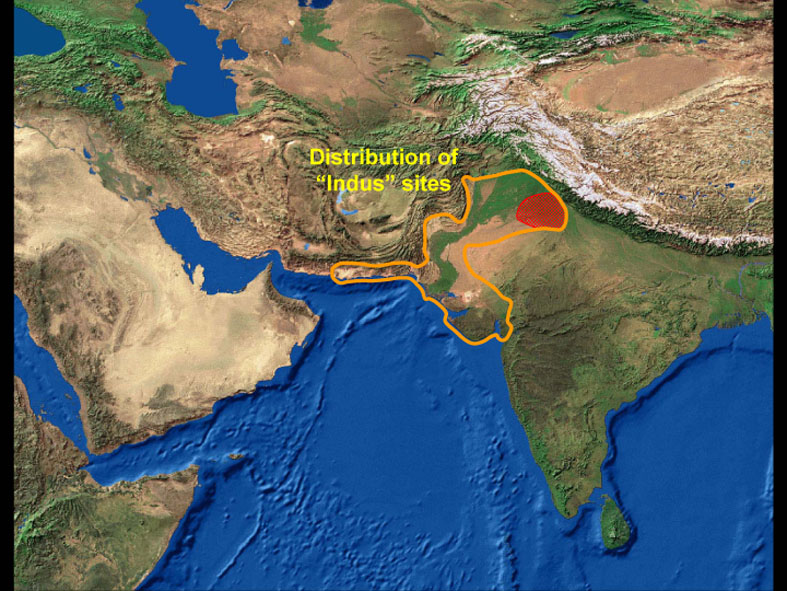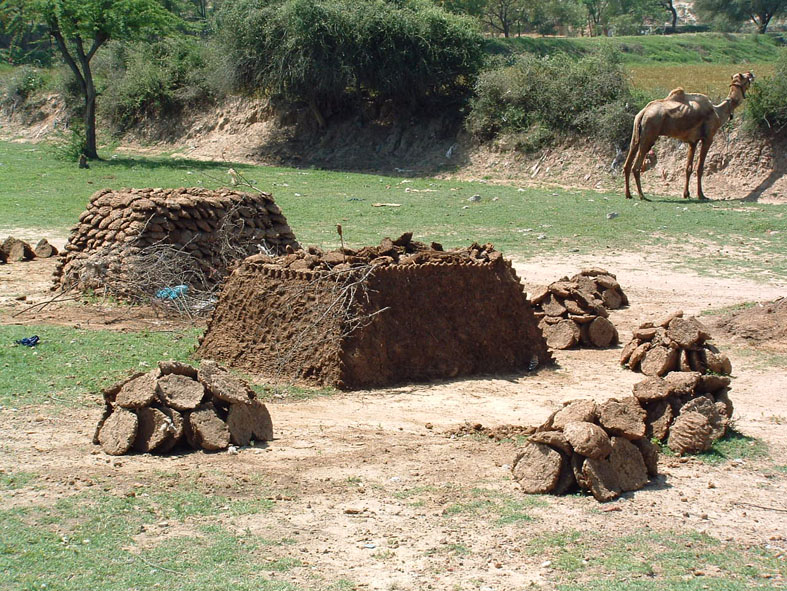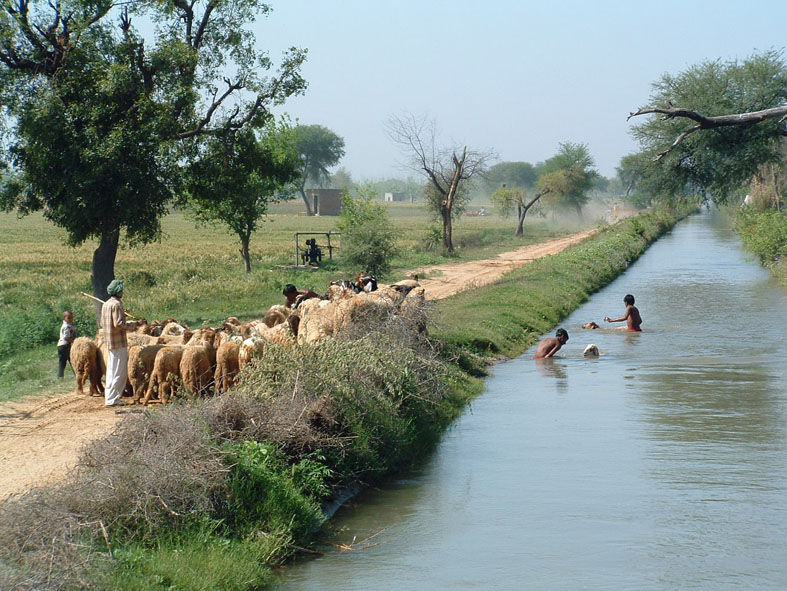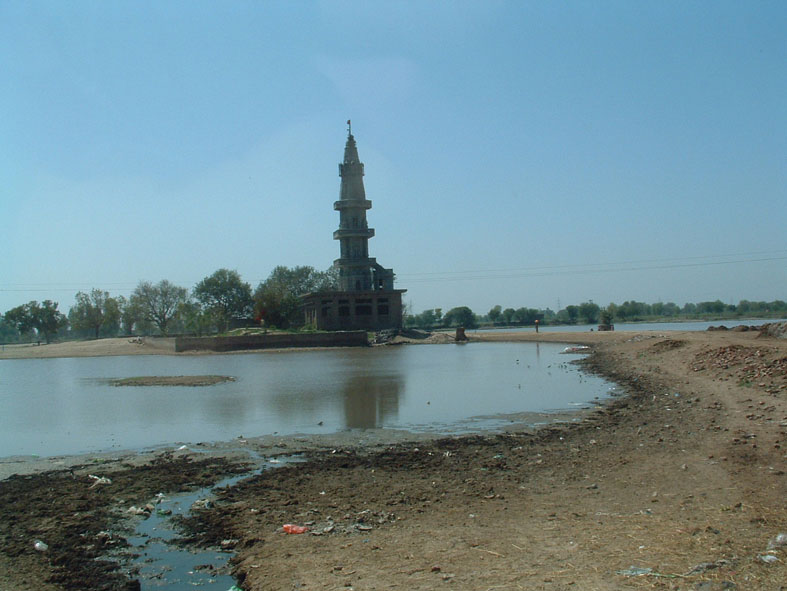

Archaeological research has shown that sometime after 2000 BC, the great South Asian Bronze Age 'Harappan' civilisation progressively collapsed and its major urban cities were abandoned. Over 1000 years later between 600 and 300 BC, massive urban cities reappeared in South Asia and a number went on to become capitals of the great Ganges kingdoms. These are two of the most compelling yet poorly understood transformations in South Asian archaeology.
It has traditionally been assumed that environmental change played a pivotal role in these developments, and it has been proposed that one of the most significant factors was the shifting courses of several rivers, which irrevocably altered the hydrology of the Indus and Ganges river systems and dramatically affected the human population. However, it is imperative that the link between these cultural transformations and the environment is demonstrated rather than assumed. In previous investigations of these transformations, archaeologists and geographers have rarely worked side by side as part of an integrated inter-disciplinary project. This has meant that archaeological and geographical data have typically been collected in isolation, and we lack clear impressions of the relationships between the two. As a result there has been no coordinated attempt to investigate environmental change in terms of its causes, date and impact on human occupation, and we are left without convincing answers to key questions that relate to India's cultural origins.
The extensive region that stretches between the modern Indus and Ganges/Yamuna river catchment areas is critical for understanding the relevant environmental and cultural processes operating between 2000 and 300 BC. Within this broad territory, this project will conduct state of the art dedicated fieldwork in a key case study area in Haryana and Punjab provinces, which has been selected for the presence of high quality archaeological and geographical data. The investigation of this restricted region is the first stage of a broader research project, and will provide the essential platform for investigating the environmental and archaeological evidence for the full range of environmental and cultural zones in the critical region of northwest India, which is the planned for the future.
For the first time, comprehensive field and laboratory based analyses incorporating geophysical approaches to geology, climate, river sedimentation and geomorphology, and archaeological approaches to settlement chronology and distribution, human impact on the environment, and human responses to environmental change will be carried out in coordination. The result will be a clear understanding of key questions relating to the rise and fall of the earliest Indian civilizations, which will be of enormous significance to current and future questions of climatic and environmental change and human responses to it.
Updated:2017-03-24. First published:2008-03-14
Copyright © 2008--2008 Cameron Petrie





